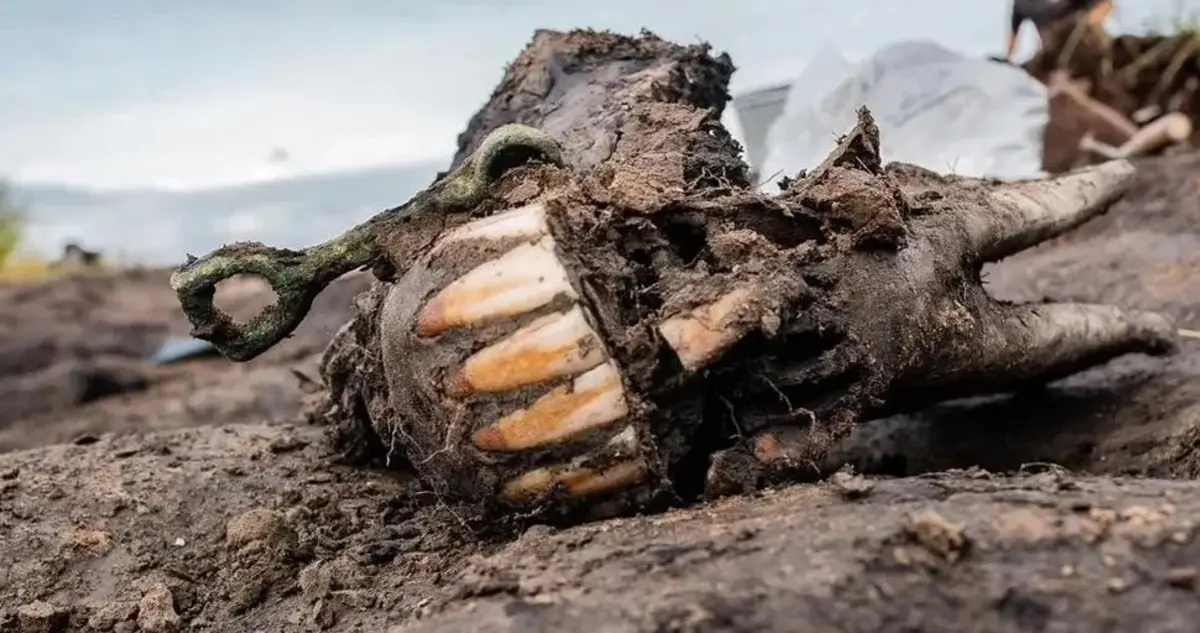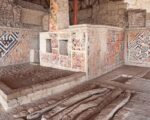In a significant archaeological discovery, researchers have uncovered a 2,800-year-old burial mound in southern Siberia’s Tuva region, shedding light on the ancient practices of early Scythian society. This kurgan, or burial mound, is believed to belong to a high-ranking individual, buried alongside a sacrificial human and 18 horses—an elaborate ritual suggesting the importance of the deceased within their community. The findings represent one of the earliest known instances of such burial practices, dating back to the transitional period between the Bronze and Iron Ages. This discovery adds valuable context to the funerary customs of the Scythians, a nomadic people known for their distinct ritualistic practices, which often included human and animal sacrifices to honor the dead.
The Scythian burial practices evidenced in this kurgan offer insight into the social hierarchy and belief systems of the time. Known as the “Siberian Valley of the Kings,” the area where the mound was found contains numerous burial sites thought to be associated with elite members of ancient societies. The presence of sacrificial horses—many with brass bits still in their mouths—points to the Scythians’ reverence for equestrian culture and the role horses played both in life and in death. This inclusion of equine remains, with evidence of harnesses and bits, also suggests a strong symbolic meaning associated with horses, reinforcing their importance in Scythian life and afterlife traditions.
Further analysis of the kurgan’s artefacts and construction methods suggests a deep connection to early Scythian traditions. The mound contains animal-themed decorations, which are frequently associated with Scythian art and iconography. These artifacts, combined with the sacrificial elements of the burial, indicate that the Scythians’ influence may have originated in this region before spreading westward into the Eurasian Steppe. According to a study published in Antiquity, these findings provide clues that the Scythian cultural practices might have formed much earlier and in regions previously considered peripheral to their known influence.
The discovery also opens up new questions about the spread of the Scythian culture and its impact on neighboring societies. Archaeologists are eager to explore other burial sites in the Siberian Valley of the Kings, as further excavations may reveal similar rituals and artifacts, potentially mapping out the spread of Scythian customs across Eurasia. This Siberian kurgan not only illuminates aspects of Scythian society but also provides a glimpse into how ancient cultures used ritualistic practices to honor their dead, reinforcing the significance of sacrifice and symbolic objects in burial rites.


















